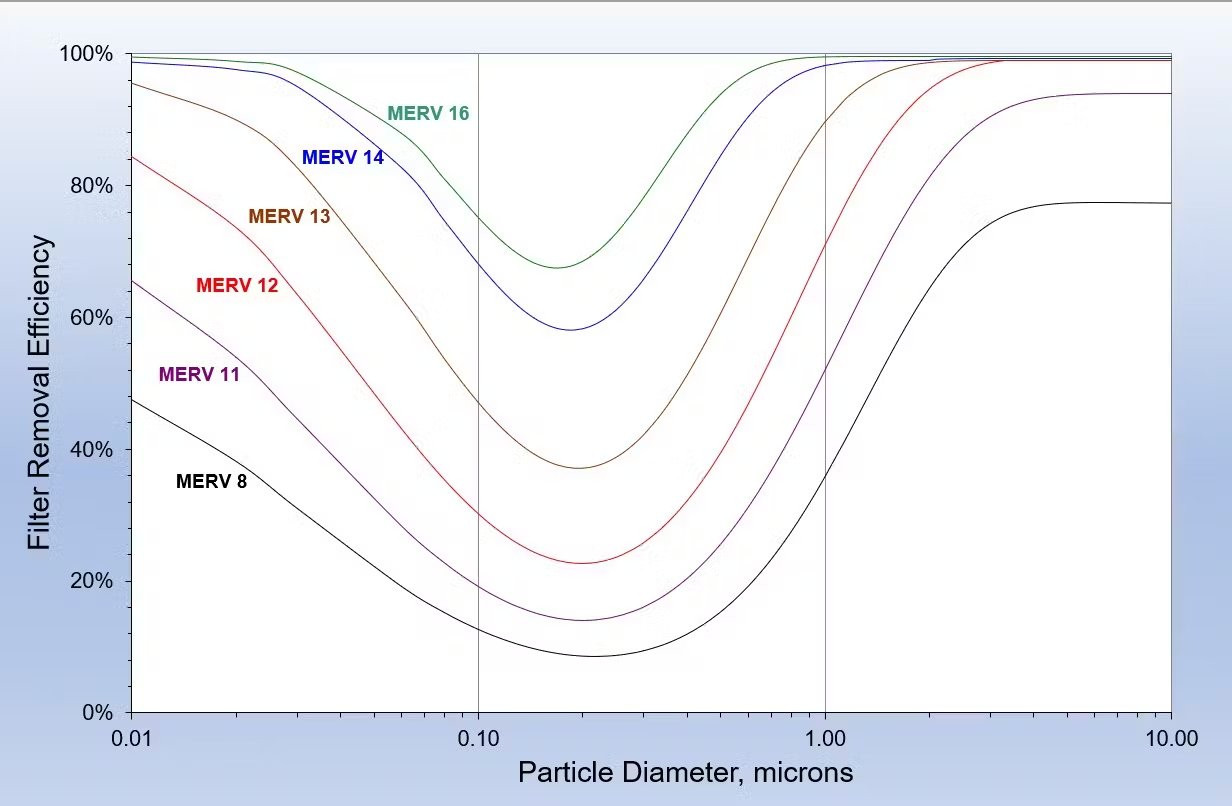So, based on the pollutant size of concern, we decide on a filter type. There will be a range of filters in this group. They may have different flow restrictions. The compromise we need to strike is the bet value of efficiency times flow rate. 14/
Let me take it to an extreme. You could have an impermeable plastic film - that will give you 100% efficiency but 0 flow rate. We certainly do not want that. 13/
We need to strike a balance of an optimal flow rate and filtration efficiency. 12/
There is air in the room, there are pollutant sources, the air cleaner is continuously passing the air through a filter, getting stuff out of air and doing it again while the sources continue put stuff into the air. 11/
And this is not like filtering water - its not like you are going to let the air pass through the filter and then collect in a large tank and breathe some of it in whenever you feel out of breathe 10/
At the same time, higher rated filters (filters with better efficiency) need to be more restrictive to do their job. Means, they let less air flow through them than a comparatively lower rated filter if the driving force is the same 9/
To be fair, even your handkerchief will filter some 0.3 micron particles. That does not mean you will use it to protect against asbestos dust. Things have to be "fit for purpose" 8/
At the same time, if you are interested in particles around 1 micron size, you would not even think of getting a MERV 8 filter. Not that they would not filter anything at 1 micron. Just that the values are not of practical interest and MERV 8s don't get rated at that size 7/
Similarly, for MERV 13, particles between 0.3 and 1 microns, have about a 75% chance of getting trapped. Again, not a definitive NO or YES. More than an even chance, so not too shabby. 6/
For example, have a look at the performance of different MERV rated filters, MERV 8 - 16 (hpac.com/industry-per...) For MERV 16, you can't say 1 micron particles will be trapped - they almost certainly will be, but not a definitive YES. 5/
